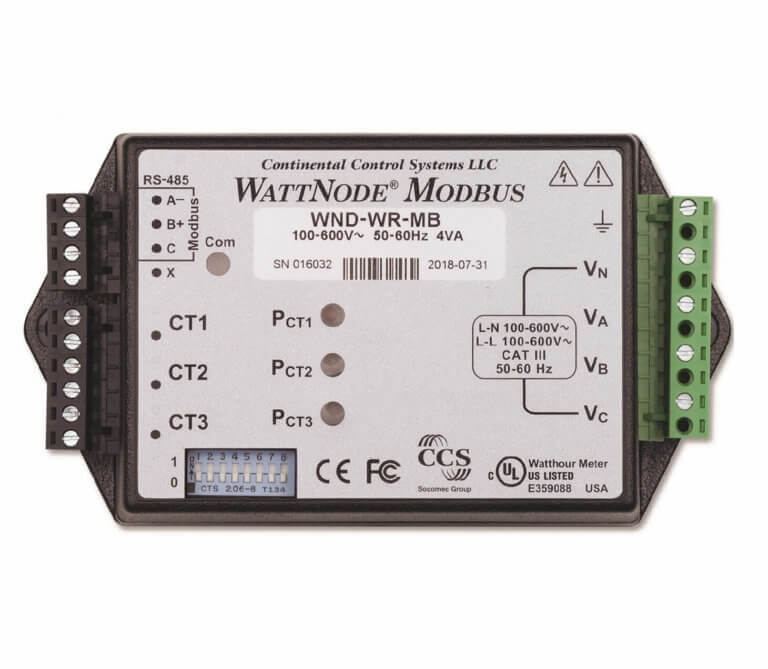The Schneider XW-Pro has the transfer switch and anti-islanding functions all built in. So it has a grid input, a generator input, and a main output. It can sell power back to the grid input and help run loads in the main panel, but if there is any loss of grid power, it will disconnect from that input. The output will continue to output power from the battery bank if the grid fails. The LED lights in my home barely even flicker when it switches to grid forming backup power mode. But this output panel with a single inverter is only capable of 60 amps. The is the limit of the internal contactor and the terminal blocks.
When I first put my XW-Pro in service, I only had it connected on the grid side. I programmed it to sell 5 amps of current back to the grid from 4 pm to 9 pm when my grid rat doubles for "peak rate time". In the morning, I would manually trigger it to charge the battery bank again. In this setup, it had no way of knowing how much power I was actually using. So I had to watch my power meter, and dial it in so I was not pushing too much back to the utility. You can add a box called a "Watt Node" that you can then dial in and it will adjust the sell to grid current to get the amount you desire to go back out to the grid. This can be set to zero, and it will only use enough battery power to run everything in your home and no export out. Or you could have it export a little more or less, and set time limits for when it can sell.
When your loads are in the backup panel on the inverter main output, then it knows how much power you are using. It will self adjust to supply all of your loads in the backup panel. In my case, I also have my Enphase grid tie solar going into the backup loads panel. So at 4 pm, when I have it switch to run on battery power, it will monitor the power going out the grid terminals. I have it set to export just 2 amps now, because most of my load is in my backup panel. At 4 mp, on most days, my solar is still making more power than my house needs. So the inverter is in "grid support" mode, but it is actually not putting out any power. In fact, my solar is running everything in the backup loads panel, and is pushing 3 to 5 amps back to my main panel, and 1,000 watts are still going out to the grid. So at that point, my batteries are just waiting. Today, it took until after 6 pm for the solar to fall off to where the battery bank needed to start supplying power. The XW-Pro just ramps up as the solar falls off, and keeps supplying all of my backup panel loads, and another 2 amps going out the grid side to my main panel. Here is the battery summary for yesterday.

You can see that it charged at constant current from just after 9 am until about 3:10 pm. There was a short, maybe 15 minute constant voltage absorb charge that ended about 3:20 pm. At 4 pm, nothing happens because the solar is going strong. You see the current ramp down into discharge after 6 pm. The big spikes at 7 pm 9:30, and 10:15 are the microwave oven. The base current drops in half after 9 pm. That is because I have it stop grid selling at 9, but it will still power everything in the backup loads panel. It typically has enough battery to run all of my backup loads well into the next day. On this day, it was still running off the battery all the way to 3 am. At 51 volts, it turns off the grid support and has to wait until the battery charges again. And there is my big software complaint with Schneider. It has no way of starting the charge mode by itself. So someone at my house has to log in and click on force bulk charge every morning about 9 am. To be fair, this is an issue because I am using someone else's grid tie solar power system. It has no way of knowing there is solar power coming in. I could probably also start it via internet on the remote app, but I don't have that configured. The Schneider fix is to have DC solar charge controllers handle the battery charging. And I am on the fence. I have sized up a system and may be adding 6, 8, or 9 panels, depending on what size I get for a good deal, and a Schneider MPPT 60-150 charge controller to my system. Nine 300 watt panels will produce a solid 12 KWH or more and have no problem topping up the battery bank every day to run my loads every night. And it will free up my grid tie panels to run my A/C during the summer. Right now, I am only using 7.9 KWH's from the battery each day. My current battery bank could cycle over 15 KWH's if I wanted to push it, but I am saving some incase of a power failure over night. I have made a deal to buy more cells so I can double my battery capacity. Once I do that, and add the extra solar panels, I should be able to fully run even my A/C on all solar power, and only use a few watt hours for starting surges. I only need about 8 more KWH's to be producing more than I use 24 hours a day and running on either live solar or stored solar in the battery bank.




